America’s voyage to the moon started on this date 60 years ago, when NASA officials announced the launch of what they called Project Apollo. Over the next few months, NASA would open a Project Apollo office and begin taking bids for feasibility studies on the types of spacecraft that might be required for a trip to the moon. Here’s a look at every Apollo mission – both crewed and uncrewed – starting with the first test flight of the Apollo spacecraft in early 1966:
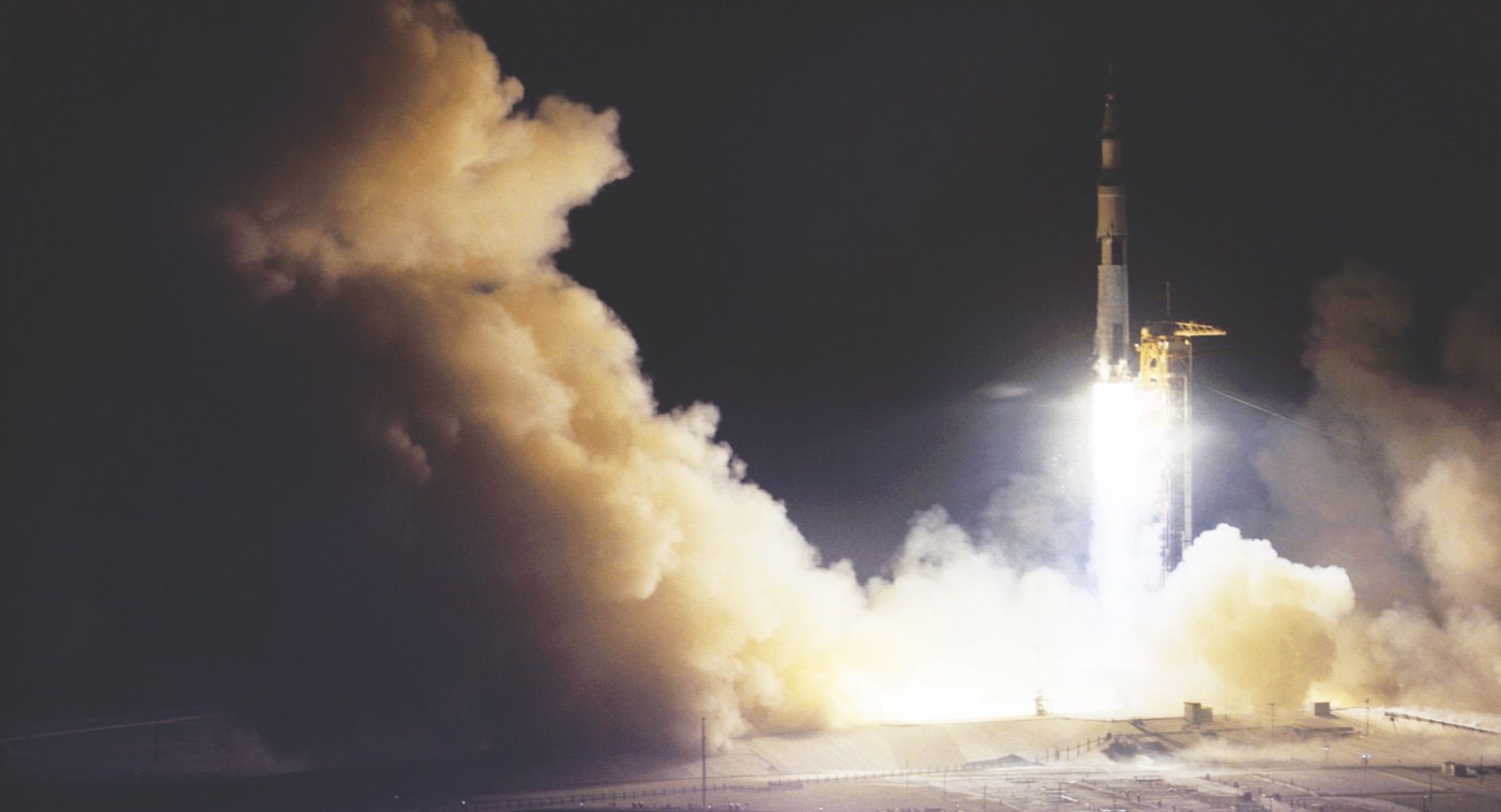
AS-201
FEB. 26, 1966
First unmanned flight test of the Saturn IB rocket and the first version of the Apollo spacecraft.
AS-203
JULY 5, 1966
A test of the restartable third stage that would push astronauts out of Earth orbit and toward the moon.
AS-202
AUG. 25, 1966
A test of the Apollo spacecraft and the heat shield that would return them from the moon.
AS-204
Planned for FEB. 21, 1967
CREW: Gus Grissom, Ed White, Roger B. Chaffee
First crewed flight test of the Apollo spacecraft. Crew was killed in a fire while conducting in-craft tests on the launch pad on Jan. 27, 1967.
AS-205
Planned for AUG. 1967
Meant to be a second crewed flight test of the Apollo spacecraft.
APOLLO 4
NOV. 9, 1967
First flight of the 363-foot-tall Saturn V rocket that would be required for a trip to the moon.
APOLLO 5
JAN. 22, 1968
First uncrewed test of the Lunar Module to make sure its two main engines operated properly.
APOLLO 6
APRIL 4, 1968
Second test flight of the Saturn V rocket was plagued with technical problems.
APOLLO 7
OCT 11-22, 1968
CREW: Wally Schirra, Donn F. Eisele, Walter Cunningham
First crewed test flight of the Apollo spacecraft. Spent nearly 11 days in Earth orbit and broadcast live TV pictures.
APOLLO 8
DEC, 21-27, 1968
CREW: Frank Borman, James Lovell, William Anders
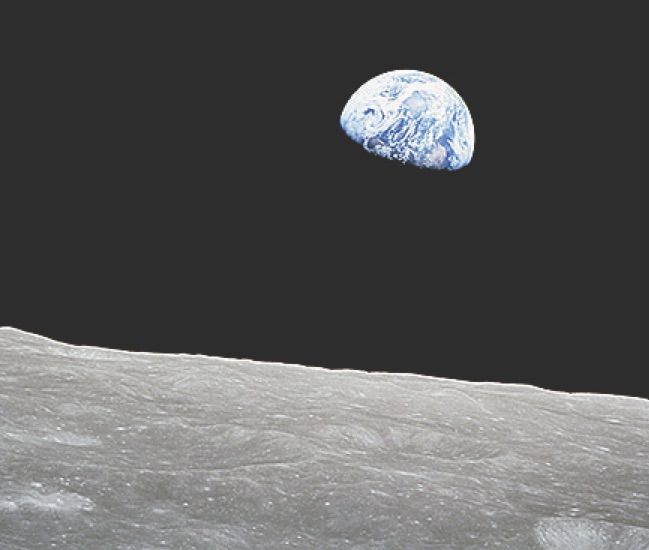
First crewed launch of a Saturn V rocket put astronauts in orbit around the moon where they made a Christmas Eve TV broadcast.
APOLLO 9
MARCH 3-13, 1969
CREW: James McDivitt, David Scott, Rusty Schweickart
Tested the new Lunar Module and moon space suit over 10 days in Earth orbit.
APOLLO 10
MAY 18-26, 1969
CREW: Thomas P. Stafford, John Young, Eugene Cernan
Put the lunar module through more tests and also tried out docking procedures in orbit around the moon.
APOLLO 11
JULY 16-24, 1969
MOONWALKERS: Neil Armstrong, Edwin “Buzz” Aldrin
STAYED IN ORBIT: Michael Collins
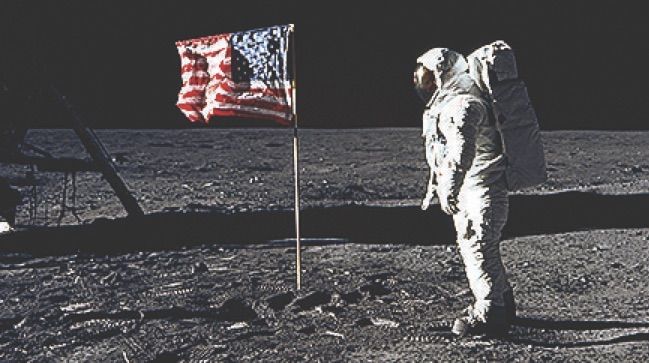
The veteran of a near-disastrous Gemini 8 mission, Armstrong kept his cool despite repeated computer program alarms and a guidance system that tried to land in a field of boulders.
LANDED ON THE MOON: July 20, 1969
MOONWALKS: One
TOTAL TIME: 2 hours, 31 minutes
ROCKS AND SOIL SAMPLES RETURNED: 44 pounds

APOLLO 12
NOV. 14-24, 1969
MOONWALKERS: Charles “Pete” Conrad, Alan Bean
STAYED IN ORBIT: Richard F. Gordon Jr.
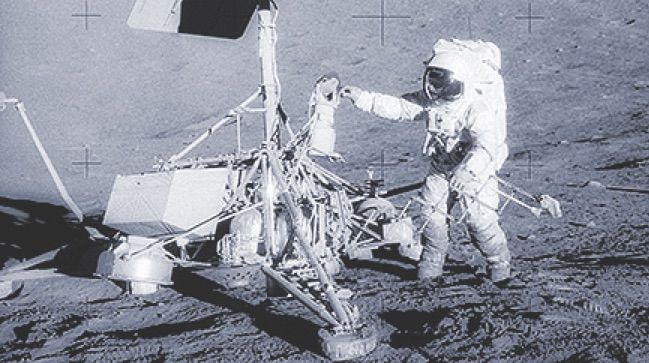
Conrad’s pinpoint landing meant he and Bean could easily walk 200 yards to the Surveyor 3 probe that had landed 2½ years before. In addition to rocks and samples, they brought back parts of the Surveyor craft.
LANDED ON THE MOON: Nov. 19, 1969
MOONWALKS: Two
TOTAL TIME: 7 hours, 17 minutes
ROCKS AND SOIL SAMPLES RETURNED: 75 pounds

APOLLO 13
JULY 16-24, 1969
CREW: James Lovell, Jack Swigert, Fred Haise
NASA’s third moon landing mission turned into a fight for survival when an oxygen tank exploded two days out, taking out the ship’s power generation, as well. The landing was canceled, and astronauts used the Lunar Module as a lifeboat to get them home. All three astronauts returned safely.
APOLLO 14
JAN. 31-FEB. 9, 1971
MOONWALKERS: Alan Shepard Jr., Edgar Mitchell
STAYED IN ORBIT: Stuart Roosa
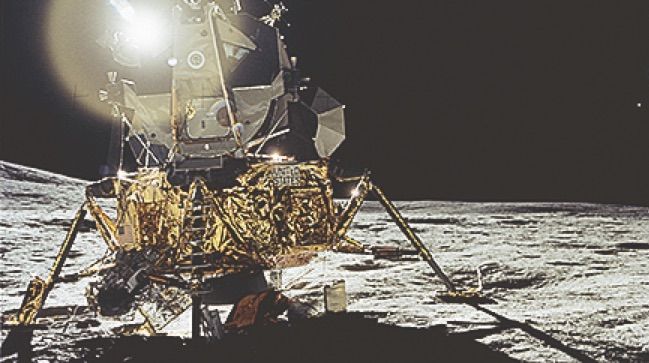
Shepard, who hadn’t flown since he became the first U.S. astronaut in space in 1961, commanded the mission. The astronauts used a hand cart to carry their tools. Shepard hit two golf balls on the moon using a makeshift club.
LANDED ON THE MOON: Feb. 5, 1971
MOONWALKS: Two
TOTAL TIME: 9 hours, 24 minutes
ROCKS AND SOIL SAMPLES RETURNED: 94 pounds

APOLLO 15
JULY 26-AUG. 7, 1971
MOONWALKERS: David Scott, James Irwin
STAYED IN ORBIT: Alfred Worden
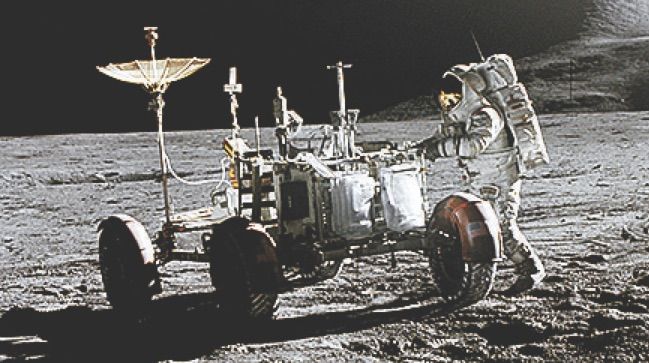
The first mission to stay three days on the lunar surface and the first to use the lunar rover, an electric-powered four-wheel-drive vehicle that carried the astronauts 17 miles across the surface.
LANDED ON THE MOON: July 30, 1971
MOONWALKS: Three
TOTAL TIME: 18 hours, 37 minutes
ROCKS AND SOIL SAMPLES RETURNED: 169 pounds

APOLLO 16
APRIL 16-27, 1972
MOONWALKERS: John Young, Charles Duke
STAYED IN ORBIT: Ken Mattingly
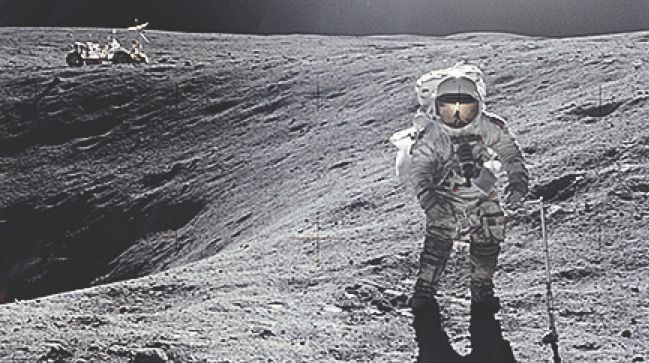
Explored the Descartes Highlands area of the moon to examine two structures suspected to be volcanic in origin. Astronauts also took detailed ultraviolet pictures of Earth and released a small satellite.
LANDED ON THE MOON: April 20, 1972
MOONWALKS: Three
TOTAL TIME: 20 hours, 14 minutes
ROCKS AND SOIL SAMPLES RETURNED: 213 pounds

APOLLO 17
DEC. 7-19, 1972
MOONWALKERS: Eugene Cernan, Harrison Schmitt
STAYED IN ORBIT: Ronald Evans
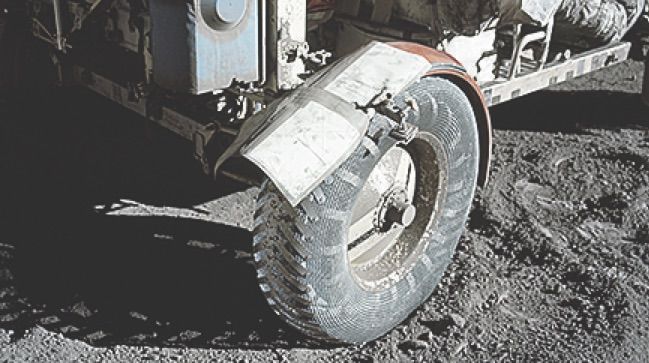
Schmitt became the first professional scientist to fly in space and the only geologist to walk on the moon. Cernan made the first auto repair on the moon, replacing a broken fender with a map and duct tape.
LANDED ON THE MOON: Dec. 11, 1972
MOONWALKS: Three
TOTAL TIME: 22 hours, 4 minutes
ROCKS AND SOIL SAMPLES RETURNED: 243 pounds

APOLLO 18
Planned for FEB. 1972
Mission to explore Copernicus crater canceled by NASA budget cuts in September 1970.
APOLLO 19
Planned for JULY 1972
Mission to explore Hadley Rille area of moon canceled by NASA budget cuts in September 1970.
APOLLO 20
Planned for DEC. 1972
Mission to explore Tycho crater canceled by NASA budget cuts in January 1970. The Saturn V rocket originally intended for Apollo 20 would be used to launch Skylab in 1973.
